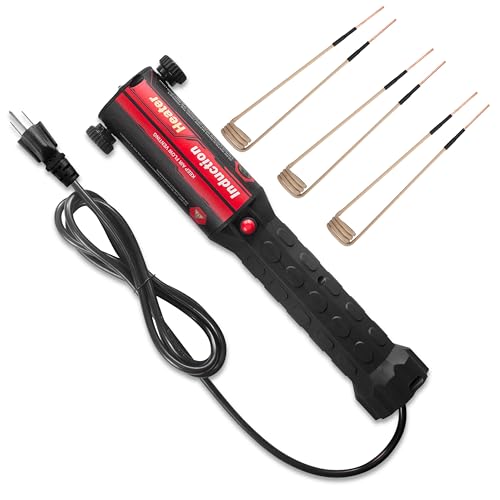cycledog
A really rusty biker
I know alot of my fellow rustoliamites like airplanes. Here's what I did for lunch last Wednesday.
This first aircraft is a French(can you spell surrender?) from WWI. It was used as an observation plane.
The unusual thing is that the cylinders rotate around the crank shaft, which is hollow.
The fuel and a mixture of air and Castor oil are fed through the crank to the engine, which as I mentioned, rotates around the crankshaft. The air intake is two tubes on either side of the cowl and fed into a carb of sorts, no float bowl, more of an air mixing device. This is then fed into the cyclenders. The brass tubes you see are the intakes. The exhaust exits directly from the valve when it opens. The engine is timed so the exhaust opens at the seven O'clock position so not to get into the pilots face.
You can see the magneto gears. There are brass contacts at the point you see the spark plug wires attached, I suppose bailing or saftey wire would work in a pinch. This plane last flew 20 years ago.
This first aircraft is a French(can you spell surrender?) from WWI. It was used as an observation plane.
The unusual thing is that the cylinders rotate around the crank shaft, which is hollow.
The fuel and a mixture of air and Castor oil are fed through the crank to the engine, which as I mentioned, rotates around the crankshaft. The air intake is two tubes on either side of the cowl and fed into a carb of sorts, no float bowl, more of an air mixing device. This is then fed into the cyclenders. The brass tubes you see are the intakes. The exhaust exits directly from the valve when it opens. The engine is timed so the exhaust opens at the seven O'clock position so not to get into the pilots face.
You can see the magneto gears. There are brass contacts at the point you see the spark plug wires attached, I suppose bailing or saftey wire would work in a pinch. This plane last flew 20 years ago.






























































